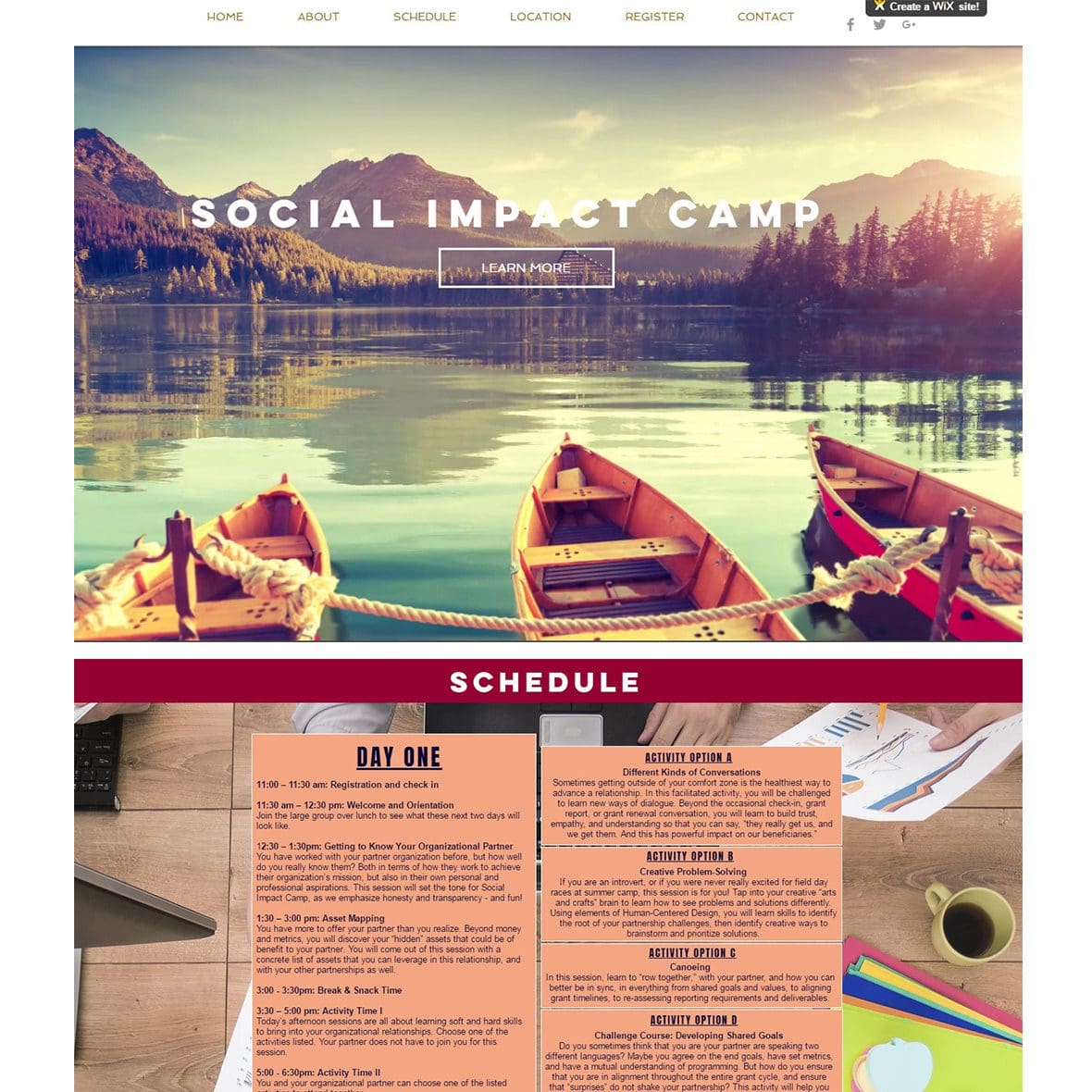By Pickett Slater Harrington and Jessica Mason
This post is the first in a series that shares lessons Independent Sector learned through our 2016 initiative to address power dynamics in the charitable sector.
During our 2015 Threads Community Conversations, improving the relationship between grantees and funders was a recurring theme. Specifically, we heard that strained relationships can get in the way of organizations’ most important work: creating real impact in the lives of their beneficiaries.
We called this tension the ‘power dynamic’ and embarked on a learning journey to develop a body of work that would help grantees and funders engage in healthier relationships and better enable organizations to fulfill their missions and strengthen the communities they serve.
We wanted to take a practical and value-add approach to the issue, so we set a goal to develop tools or programs (“solutions”) that could help grantees and funders build and sustain transformative relationships. Armed with this goal, a thoughtful approach rooted in human-centered design, and a somewhat naïve amount of optimism, off we went down the power dynamics rabbit hole.
We explored this issue throughout 2016, partnering with Jessica Mason, a fantastic human-centered design practitioner and Principal at The Social Impact Studio. We reflected on and analyzed the perspectives of stakeholders across the country; we asked additional questions to tease out insights and ‘bright spots’; we framed the challenge, brainstormed collaboratively, and developed ideas for solutions; and we built prototypes, testing and adapting them based on feedback from across the sector. Two solutions emerged from the process:
1. Social Impact Camp
An immersive retreat to strengthen grantee-funder relationships through shared experience and collaborative programming.

2. ImpactMatch
An online, algorithm-based platform for matching funders and grantees based on their values, priorities, and goals — somewhat akin to eHarmony, because after all, we too were looking to create healthy and lasting relationships.
It would be so satisfying to say that indeed, we found the silver bullet—the solution that would forever transform grantee-funder relationships—but we did not.
Instead, we found an issue riddled with complexity and contradictions. The more we dug into the issue to better understand (and solve) it, the more we came to see how challenging finding a solution would be. Rather than a solution, we took away these three lessons:
- How organizations view and approach the power dynamic is incredibly diverse.
- When it comes to the power dynamic, individual relationships are just as important as organizational relationships.
- There is no one-size-fits-all solution to the power dynamic.

Not only did we learn about the power dynamic and the way it plays out in our sector, but we also learned what it requires to become a human-centered, learning organization—including continuously reflecting on successes, failures, and everything in between, and sharing what you learn with others. This post is the first in a series of five that concludes our year-long journey, detailing our experience wrestling with these issues, highlighting the lessons that we’ve learned about the power dynamic, and challenging our thinking about approaching complex issues affecting the charitable sector.
We share these lessons to contribute to the ever-growing knowledge base about this issue and to serve as a resource for others addressing it. We invite you to join the conversation by sharing your own reflections and experience in the comments section. We look forward to a rich and lively discussion.
Pickett Slater Harrington is the manager for leadership development and effectiveness at Independent Sector. Jessica Mason is founder and principal at The Social Impact Studio.




